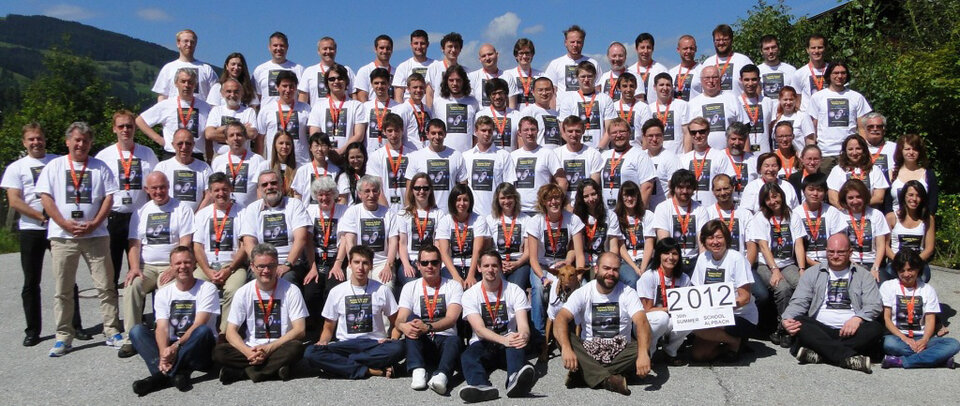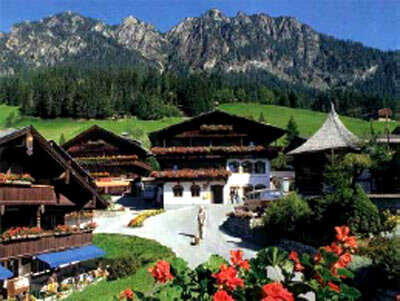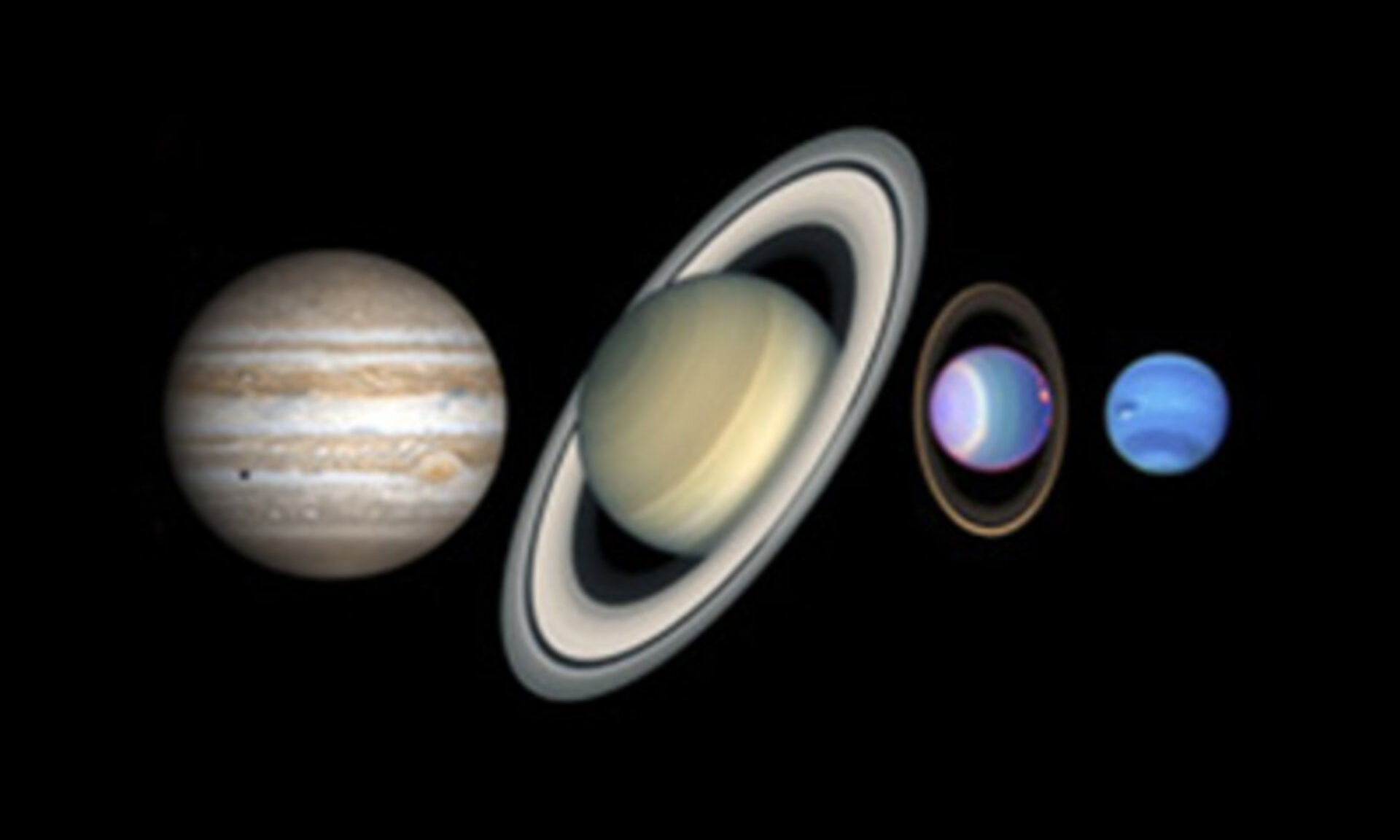Students design missions to the giant planets
59 young researchers from ESA’s Member States recently attended the 2012 Alpbach Summer School. Held each year in the beautiful Austrian Tyrol, the school offers a unique educational experience for promising scientists and engineers.
The 2012 meeting, held 24 July-3 August, was developed around the theme "Exploration of the Giant Planets and their Systems". As usual, the programme was divided into two sections.
The first part of the summer school was taken up with a series of introductory lectures. Some of these summarised current scientific understanding of the giant planets; others looked at spacecraft engineering, mission analysis and design.
The lectures provided a foundation for the workshops, the other key element of the programme. During these sessions, the students were divided into four teams and then asked to design their own innovative space mission, supported and assisted by the lecturers and tutors.

On the last day of the summer school, each group presented its mission concept to a panel of experts, chaired by Roger Bonnet, the Director of the International Space Science Institute. The jury complimented the students on their dedication and hard work, as well as the excellence of their proposals.
The missions
The proposals put forward by each team were:
Team Orange – Investigative Tour Of Uranus (iTour)
A mission to send an orbiter to Uranus, in order to investigate its atmospheric composition and inner structure, as well as the moons and rings of the Uranus system. A subsatellite would examine the planet’s unusual magnetosphere. The panel gave this team the awards for the best scientific mission and the best presentation.
Team Red - The Neptune Triton Explorer (Nete)
A low-flying Neptune orbiter mission to study the planet’s atmosphere, meteorology, inner structure and gravitational field. An atmospheric probe would examine the composition of the deeper atmosphere in order to investigate Neptune’s formation. An impactor would investigate the moon Triton. The panel gave this team the award for the best technical solution.
Team Blue - Poseidon / Trident
A flyby mission to study Neptune’s gravitational field and internal structure. An atmospheric probe would study the composition of the lower atmosphere. The mission also included an extremely close flyby of Neptune’s moon, Triton. In an extended mission phase, flybys of Kuiper Belt objects were proposed. The panel gave this team the award for the most competitive mission.
Team Green – Uranus System Explorer (USE)
A Uranus orbiter mission to investigate the planet’s magnetic field, clouds, moons and ring system, with an atmospheric probe to analyse the composition of the deeper atmosphere. The data would assist in studies of similar exoplanets. The panel gave this team the award of the head tutor for detailed study of the science mission phase.
The Austrian Research Promotion Agency (FFG) and ESA offered graduates of the summer school the option to continue developing the proposed iTour mission to Uranus at a workshop in Graz, Austria (25-30 November 2012).
Background

The purpose of the summer school is to enable students to apply the knowledge derived from lectures, to develop organisational and teamwork skills, and to encourage creativity.
The Alpbach Summer School 2012 was organised by the Aeronautics and Space Agency of the FFG. It was co-sponsored by ESA and the national space authorities of its Member and Cooperating States, with the support of the International Space Science Institute (ISSI), Austrospace and Europlanet.




